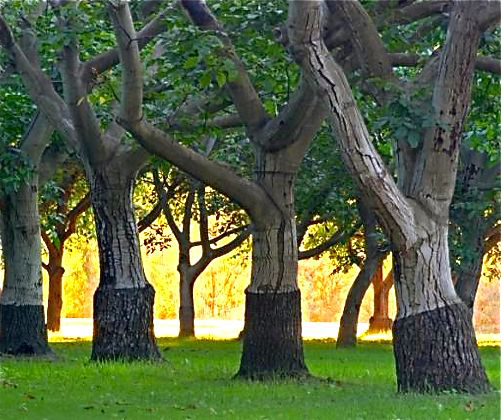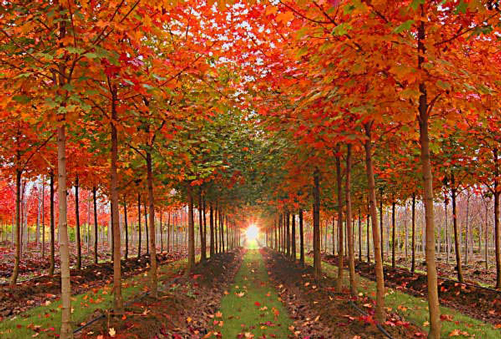
Grafted Walnuts.
The Story of Walnut
European Walnut
Walnuts are one of oldest foods and have been gathered and eaten by humans as far back as 8000 BCE. The nut became most famous in ancient Persia and the tree is often referred to as Persian Walnut. The Ancient Greeks are credited as the first to cultivate the walnut trees in Europe. Centuries later it gained the name European Walnut.
Claro Walnut
In the 1700’s Franciscan Monks brought the European Walnut to California. The tree struggled with growing in it’s new region. To better grow the Walnuts, the farmers began grafting the European Walnut onto the native Claro Walnut which had adapted to the California soil. The word "claro" in Spanish means bright, which describes the brilliant coloration of the wood, favored by furniture makers for its vibrant figure and color.
Bastogne Walnut
An interesting thing started to occur in the California walnut orchards. About one out of every hundred walnut rootlings looked entirely different from the rest. These “ugly ducklings” were a result of cross pollination between the English and the Claro trees. Referred to as “Paradox Trees” or Bastogne Walnut, they grew much larger and denser than its two parent trees, with the resulting wood coloration a swirl of the other two walnuts combined. The Bastogne Walnut wood had become the most prized and rarest of all Walnut woods. Unfortunately Paradox Trees are sterile and can never reproduce. We can only wait for one out every hundred to grow on it own.
